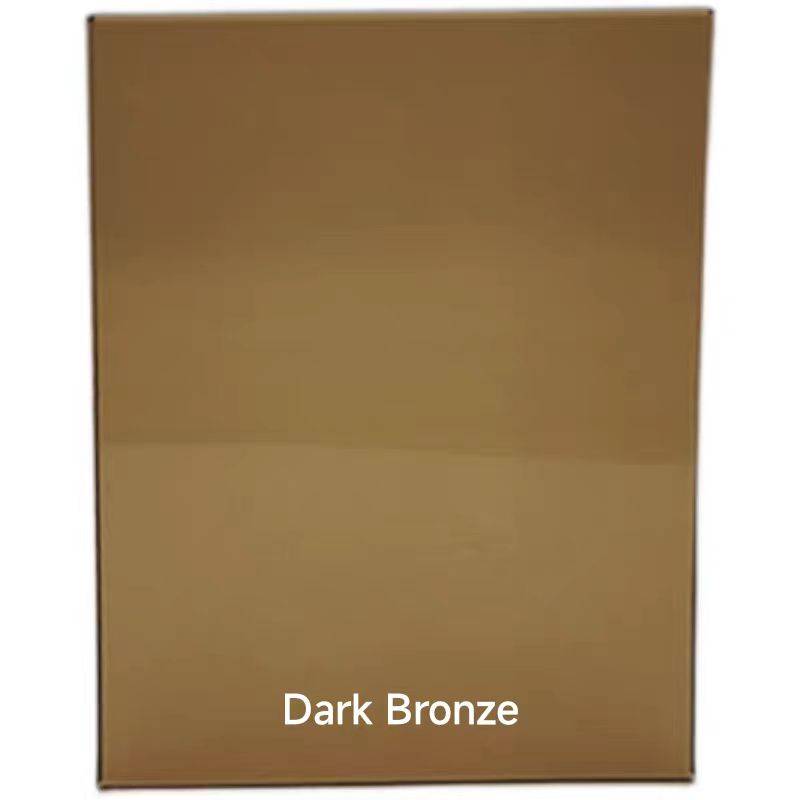

Exploring Low-E Glazing The Benefits of Low-E4 Glass
In recent years, energy efficiency has become a focal point for homeowners and builders alike. As part of this movement, Low-E (low emissivity) glass has emerged as a popular choice for windows. Among the various types of Low-E glass available, Low-E4 glass stands out due to its remarkable thermal performance and energy-saving qualities. This article explores what Low-E4 glass is, its benefits, and why it is becoming a preferred option in modern construction.
What is Low-E4 Glass?
Low-E4 glass is a type of insulating glass that has been coated with a microscopically thin layer of metallic oxides. This coating is designed to reflect heat while allowing visible light to pass through, allowing sunlight into buildings without compromising energy efficiency. The 4 in Low-E4 indicates its improvement in performance compared to older versions of Low-E glass. It is designed specifically to improve solar heat gain in colder climates while providing adequate insulation.
The Benefits of Low-E4 Glass
1. Enhanced Energy Efficiency One of the most significant advantages of Low-E4 glass is its ability to enhance the energy efficiency of a home. By reflecting UV rays away, it helps to maintain a stable indoor temperature, reducing the need for heating during winter and cooling during summer. This leads to lower energy bills and a reduced carbon footprint.
2. Protection from UV Rays Prolonged exposure to sunlight can lead to fading of furniture, carpets, and artwork. Low-E4 glass effectively blocks up to 84% of harmful UV rays, helping to preserve the integrity and color of interior furnishings. This means that homeowners can enjoy natural light without worrying about the damaging effects of the sun.

3. Improved Comfort Windows installed with Low-E4 glass can significantly improve indoor comfort. By minimizing drafts and maintaining a consistent indoor temperature, occupants can enjoy their living spaces more comfortably throughout the year. The reduction of hot spots near windows is especially beneficial in regions with extreme weather conditions.
4. Condensation Resistance Low-E4 glass performs well in terms of minimizing condensation on windows. This is particularly important in humid environments, where moisture on windows can lead to mold growth and other associated problems. The enhanced thermal performance of Low-E4 glass means that interior surface temperatures remain higher, thus reducing the likelihood of condensation.
5. Sustainability As more people become environmentally conscious, building with materials that support sustainable practices is of increasing importance. Low-E4 glass contributes to energy conservation and sustainability, aligning with the goals of reducing greenhouse gas emissions and promoting eco-friendly building practices.
Installation Considerations
When selecting Low-E4 glass for windows, it is essential to consider the orientation of your windows, local climate, and specific building needs. Working with a qualified contractor or window specialist can help determine the best options. Additionally, homeowners should ensure proper installation to maximize the benefits and performance of Low-E4 glass.
Conclusion
In summary, Low-E4 glass represents a significant advancement in window technology, offering numerous benefits that cater to the needs of modern homeowners. From enhanced energy efficiency and comfort to protection against UV rays and sustainability, Low-E4 glazing is an excellent investment for anyone looking to improve their home’s performance and aesthetics. As we continue to emphasize the importance of energy conservation in our daily lives, opting for Low-E4 glass is a step towards a more sustainable and comfortable living environment.